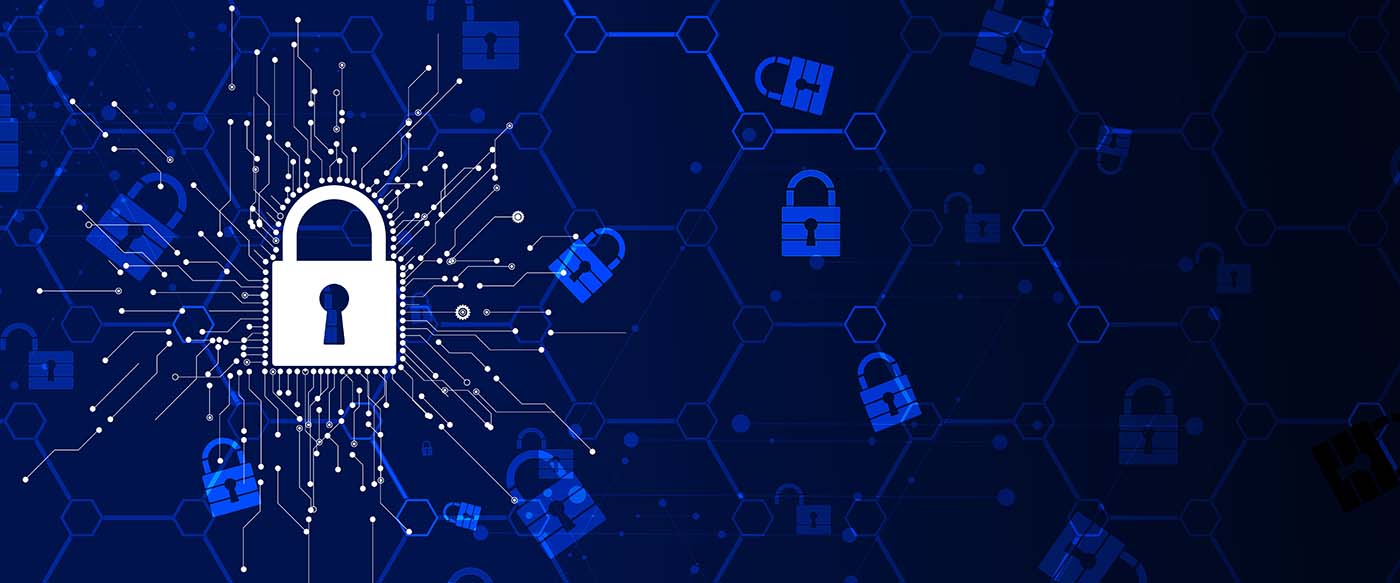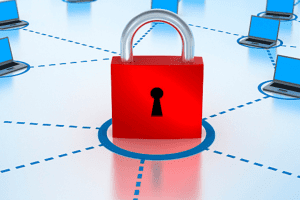
Endpoint Detection and Response Solution
- Categories Solutions
- Date October 1, 2021
Endpoints are the communication entry and exit point of an organisation’s network. Laptops, desktops, servers, mobile phones, tablets, and virtual environments can all be considered endpoints. These endpoints usually help in accomplishing daily business tasks like sending and receiving emails, processing financial transactions, and scheduling meetings.
This ease and convenience are awesome, but it comes with significant drawbacks when these endpoints are not protected. Endpoint protection simply refers to cybersecurity services for network endpoints. Antivirus, email filtering, web filtering, and firewall services are examples of these services. Endpoint security is critical for businesses because it safeguards critical systems, intellectual property, customer data, employees, and visitors from phishing, ransomware, malware and other cyberattacks.
What is an Endpoint Detection and Response (EDR) Solution?
The term was coined in 2013 by a Gartner researcher to distinguish its capabilities from traditional anti-malware tools. An EDR solution is a solution that continuously records and analyse system activities, block malicious behavior and provide remediation suggestions to restore those affected systems. EDRs do not overshadow traditional anti-viruses, they complement them.
Anti-viruses use signature matching to prevent malware. Once the signature is matched the file in question is usually deleted or quarantined. However, EDR solutions do not rely on signature-based detection but rather machine learning, artificial intelligence (AI), heuristic and anomaly-based detections to classify and detect zero-day attacks.
How does Endpoint Detection and Response Work?
EDR tools collect data from endpoints and networks and archives them in a database where further analysis, detection, evaluation, reporting and alerting take place. This is done by installing a software agent on the host system which provides the foundation for these events monitoring and reporting.
The user and entity behavior analytics (UEBA) process enables ongoing monitoring and detection while taking note of the normal conduct for users and any anomalous behavior or deviations from the “normal” patterns. For example, if a user downloads 50MB of files everyday but suddenly downloads 500MB of files, the system would be able to detect this anomaly and alert your security team.
Continuous activity monitoring on endpoints helps the agent detect occurrence of abnormal behavior while using advanced algorithm to map a path of services and processes that were sequentially archived as malicious.
To illustrate the process or processes that triggered the event, a process map is created with the ability to drill down to the defending executable or program and where it came from while displaying it in the console dashboard and an alert sent to the security analyst for review and remediation.
5 Reasons Your Business Needs an Endpoint Detection and Response Solution
Endpoint Detection and Response solutions are quickly becoming an essential element of enterprise security solution on the market. Organisations that are looking for the most advanced security system should pay close attention to EDR capabilities when evaluating proposals from vendors.
Here are our top five (5) reasons to get an EDR solution for your business:
1. Proactive Threat Management
2. Better Data Monitoring and Management
3. Automation and Integration
4. Suitable for Large Networks
5. Whitelisting and Blacklisting Options
1. Proactive Threat Management
With businesses increasing reliance on technology, the digital perimeter of companies is rapidly expanding. The reactive management of cyber threats and network security issues is no longer an effective strategy. The current strategy is to detect cyber threats and potential attacks before they happen and respond quickly. EDR solutions are best suited for this proactive approach to cybersecurity threat management in your network.
2. Better Data Monitoring and Management
EDR solutions are designed such that they collect and monitor data from all network endpoints. The collected data is further analyzed to determine the root cause of any security issues as well as to detect any potential cyber threat.
The rich level of detail collected by EDR solutions can greatly simplify response and remediation activities following a breach. Previously, an incident responder would spend a significant amount of time collecting artifacts from various endpoints to create a larger pool of evidence. As part of its normal operations, EDR collects and stores these artifacts. A centralized EDR console and longer data retention period also provides a more complete picture of a security incident than would otherwise be available.
3. Automation and Integration
EDR products frequently include great automation capabilities, and personalised integration is frequently possible via an API. You can easily integrate your EDR solutions with other security tools like malware analysis, network forensics, SIEM tools, threat intelligence, etc. to provide better security to your network.
You can also take it a step further and integrate your EDR solutions into different cybersecurity platform vendors. This excellent compatibility and integration of EDR solutions with a variety of other security tools provides you with additional protection and elevates EDR solutions to the status of must-have resource for your network.
4. Suitable for Large Networks
Businesses have been transformed by growth in technology, which has resulted in a significant expansion of their digital perimeter. These enterprise networks can have hundreds of endpoints which makes their networks more vulnerable to cyber-attacks as they can be breached from multiple points.
Traditional antiviruses are insufficiently powerful to provide adequate security to such massive networks. EDR solutions are purpose-built to meet the needs of such large networks. Because of their design and architecture, they can easily collect and monitor data on all these endpoints in real time.
This exceptional feature of EDR solutions make them critical for any enterprise network. When you outsource the management of your EDR to us, you’ll have a team of experts reviewing your systems on a 24/7 basis.
5. Whitelisting and Blacklisting Options
Whitelisting and blacklisting options are built into EDR systems. Whitelisting refers to the features that lets you allow only certain applications to run on a system, while others are blocked.
These features are a good place to start when it comes to ensuring network safety and security. They can serve as a first line of defense, particularly against hackers and cybercriminals.
In addition to whitelisting and blacklisting features, a typical EDR solution includes other advanced security features that use behavioral analytics to detect new types and trends of cyberattacks.
Below are our top Seven (7) Endpoint Detection and Response Solutions:
1. Bitdefender GravtiyZone
2. Panda Adaptive Defense 360
3. Kaspersky Endpoint Detection and Response
4. ESET Enterprise Inspector
5. Sophos Intercept X
6. Fortinet FortiEDR
7. Microsoft Defender for Endpoints
We are licensed partners of the above mentioned EDR solutions provider and have certified engineers for deployment and support of each of them.



